The third generation Mazda RX-7 had lost its edge by 1999, after seven years on sale.
Speculation bubbled about a successor and whether it would retain the Wankel rotary engine that had come to define the model.
The highly strung power plant's future was in doubt ahead of tightening emissions regulations in Europe and the US. Indeed, the Mk3 RX-7 had already been pulled from sale across most of Europe in 1995 ahead of Euro 2 standards in January 1996.
Clarity came when Autocar reported that the engine would return in the new millennium. We said it would retain its twin-rotor arrangement but drop its sequential turbochargers for an atmo set-up.
This was tipped to produce 270bhp. Mazda would mitigate the low torque output by trimming weight, we said.
The new engine was shown at October's Tokyo motor show in a concept called the RX-Evolv, our first look at the RX-8 that arrived three years later. The coupé was received favourably, but its engine proved unreliable in the hands of uninformed owners, souring the car's reputation.
But it wasn't the end for the Mazda rotaries. The Wankel is set to return as a range-extender for the MX-30 EV, itself a maligned crack at a new technology.
Rover impresses against Jaguar
What the Rover 75 and Jaguar S-Type lacked in stylistic differences, they made up for mechanically. The 75 was a front-driver with wafty, predictable handling, whereas the S-Type was a firmer rear-driver that liked to have its limits pushed.
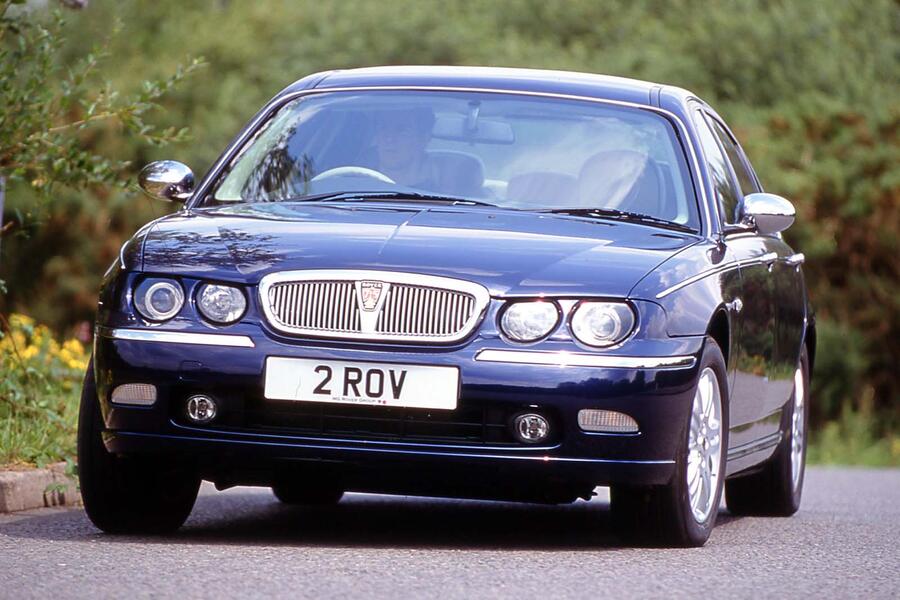
Ultimately, we found the 75 more convincing: it “makes a driver feel more isolated from the stresses of late ’90s life” with a “super-smooth” V6 and a “sofa-like” interior.

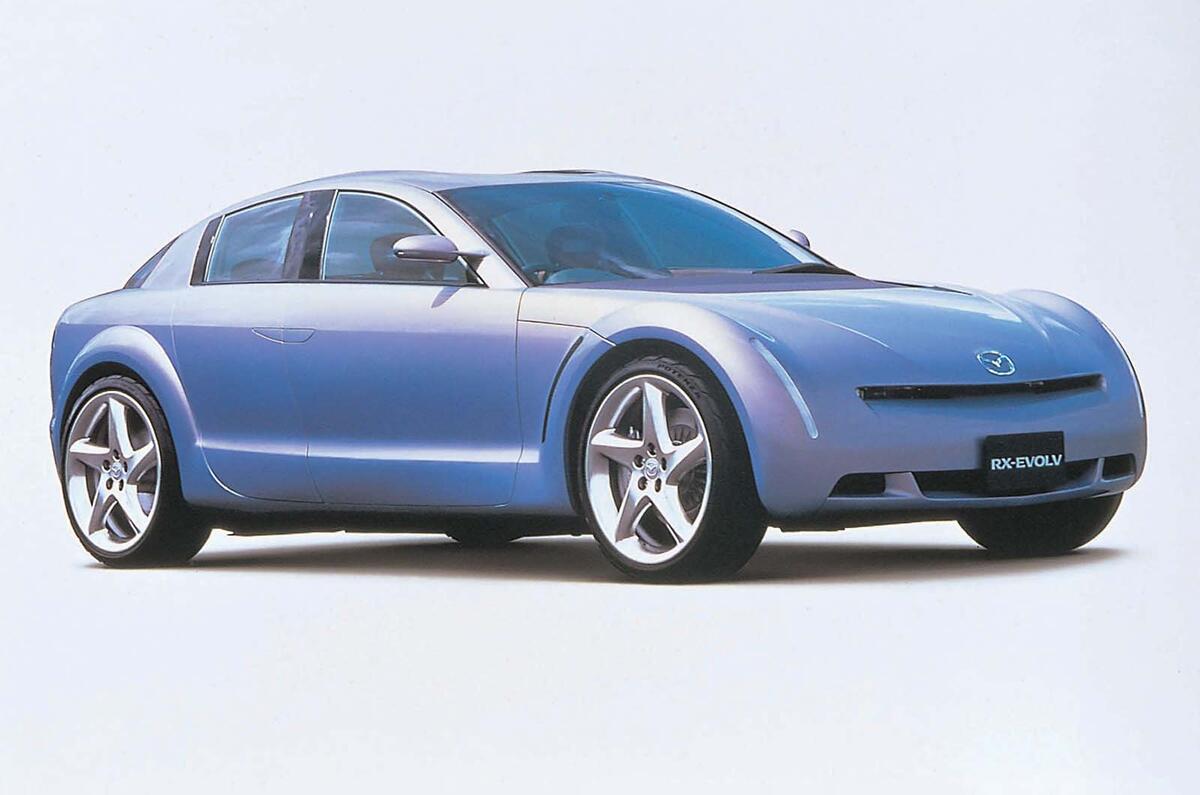
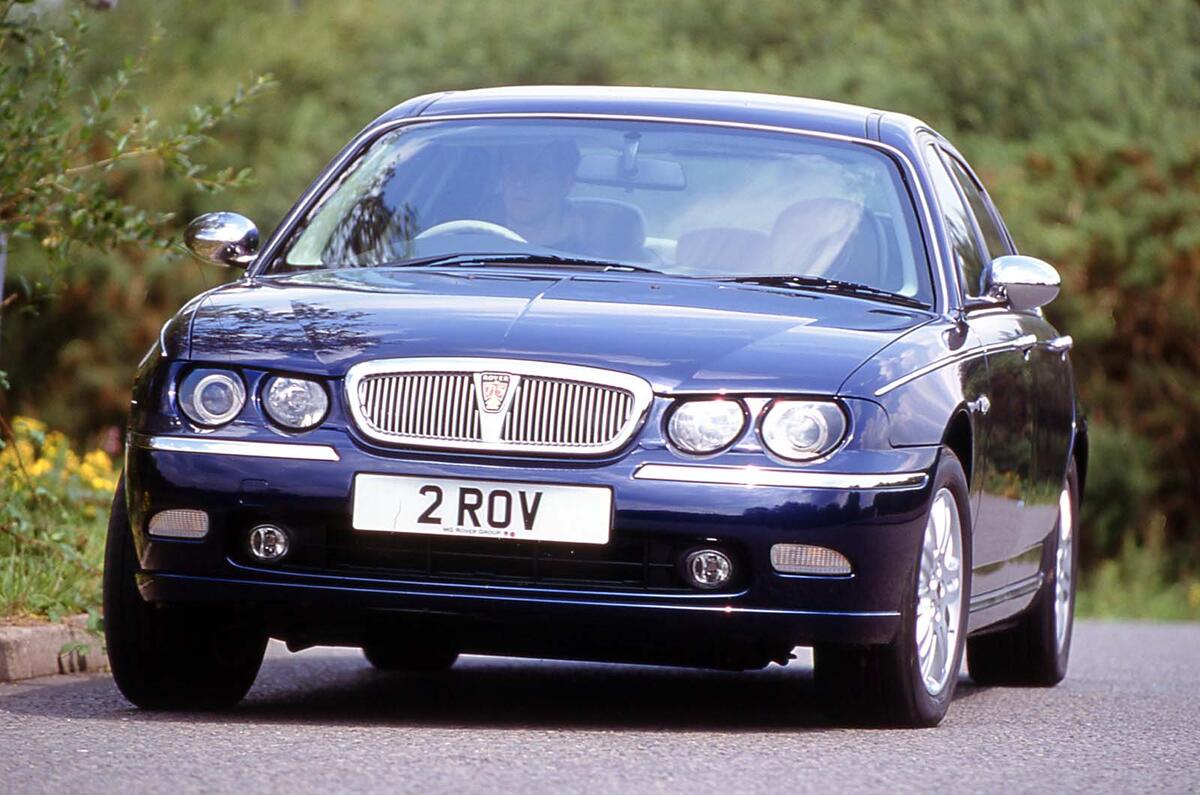
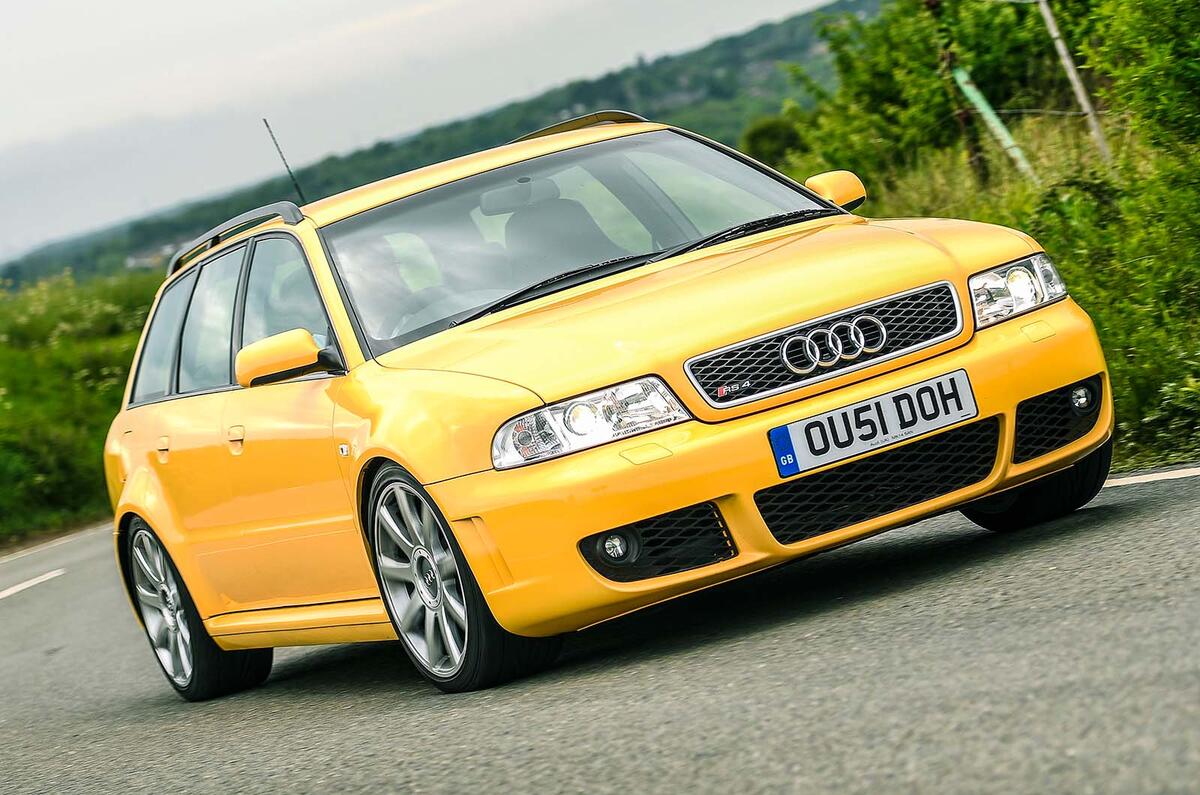
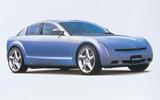
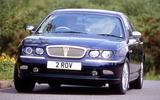
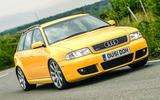

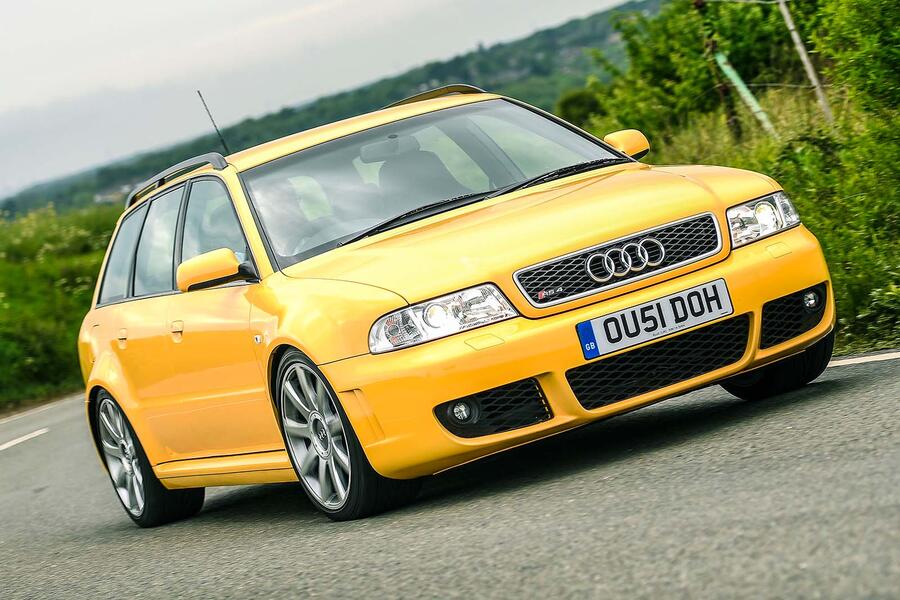





Add your comment